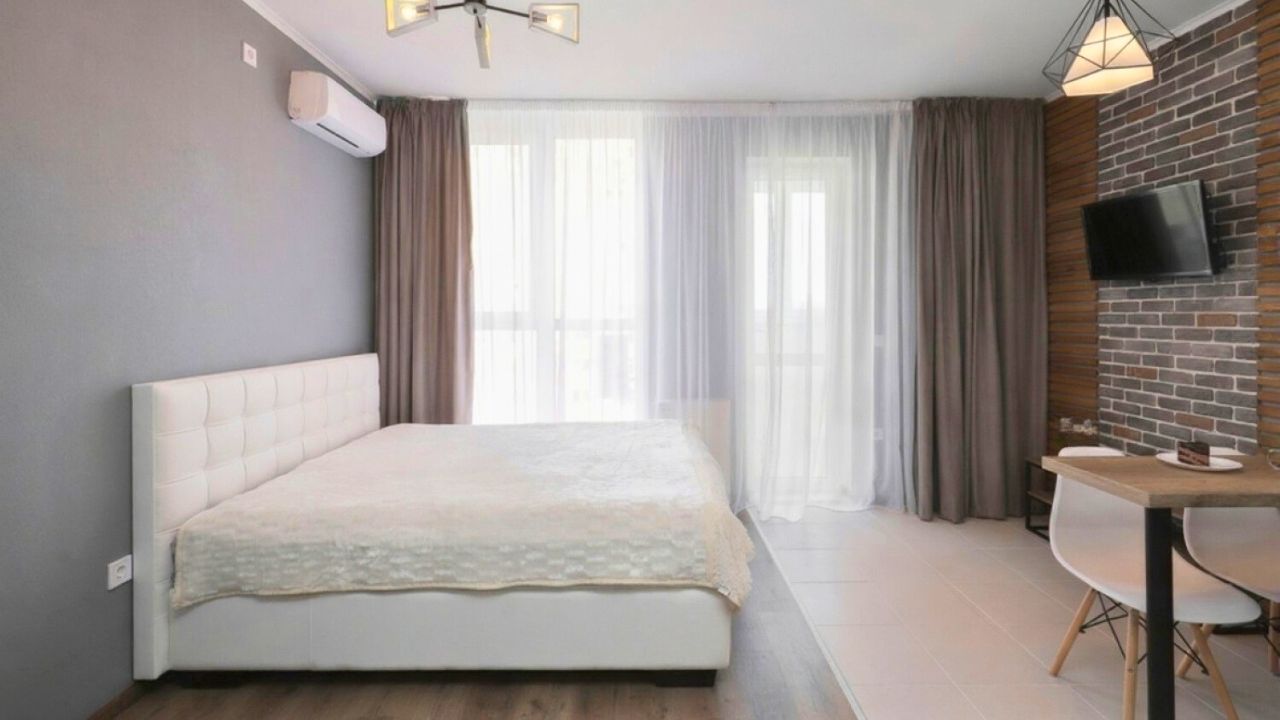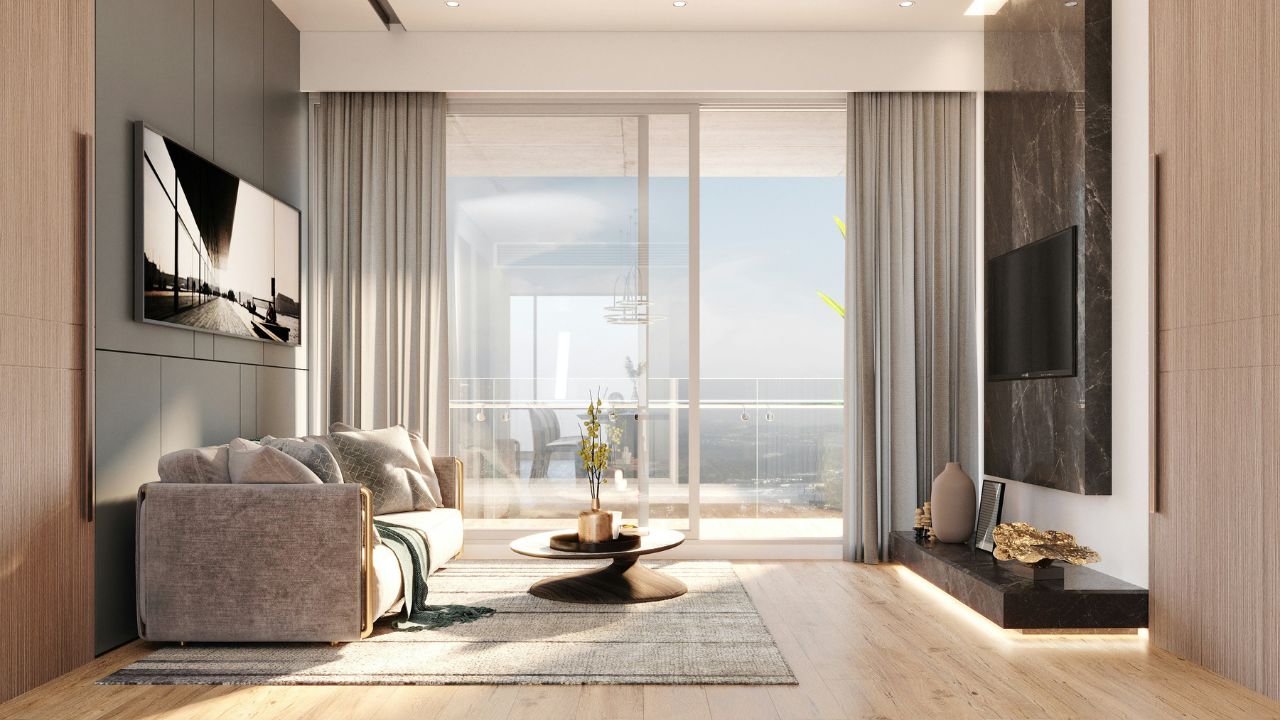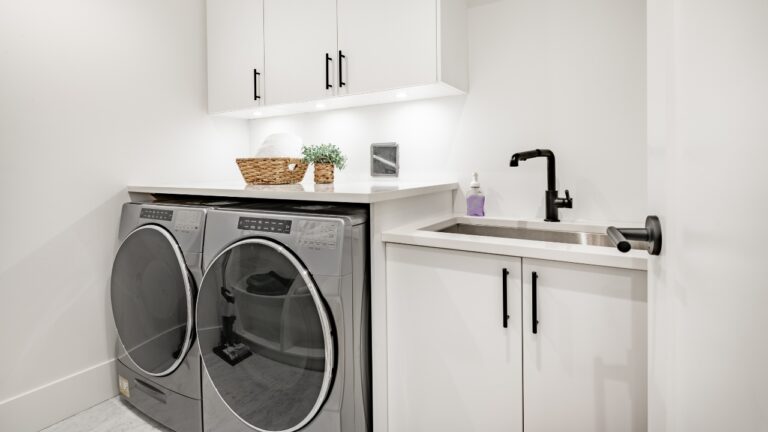What your curtains are doing to the look of your entire room
Curtains aren’t an afterthought. They decide how tall a room feels, how wide a window reads, and how finished the whole space looks. The wrong length or placement can make a good room feel off, no matter how nice the furniture is. The right move is less about brand and more about measurements.
Hang them higher and wider than the window
Mount the rod a few inches below the ceiling or crown (or halfway between the top of the window and the ceiling if the gap is huge). Extend the rod 6–10 inches past each side of the window. This does two things: it lifts the eye and lets panels stack mostly on the wall, not in front of the glass, so you keep natural light. Windows look larger, ceilings look taller, and your room feels more open without changing a thing on the wall.
Let them kiss or break—never hover
Curtains that hover above the floor look like pants you outgrew. Aim for “kiss” (just touching) or a slight “break” (½–1 inch pooling). If you rent and can’t rehang, use hidden drapery clips to sneak an inch or two of length. Hem tape is your friend; fix the length to the room, not the retailer’s idea of “84 inches fits everywhere.”
Choose fabric that matches the job

Light-filtering linen or cotton blends soften a living room and let daylight in. Blackout liners belong in bedrooms and media rooms. If the fabric is too flimsy, it reads cheap and wrinkles badly; too stiff and it fights the rod. A medium-weight panel with a separate liner gives you drape, privacy, and a clean look from outside. If you need privacy and light, consider a sheer on a second inner rod with heavier panels outside so you have options all day.
Train the pleats and mind the fullness
Flat, skimpy panels look like bed sheets. You want 1.5–2 times the window width in fabric so panels have body when closed. If you use rings, clip at even intervals and “train” the folds by running your hands down the pleats for a few days after hanging. It’s a five-minute habit that pays off every time the curtains move.
Coordinate, don’t compete

If your room already has pattern—busy rug, bold sofa, lots of art—let curtains go quieter and bring texture instead of print. If the room is calm, a subtle stripe or small, repeated pattern can add interest without shouting. Match the curtain rod finish to something else in the room (a lamp base, cabinet hardware) so it feels integrated, not random.
Respect how you actually use the room
If kids are in and out to the backyard all day, curtains that puddle will live under a tricycle. If the dog sleeps in the window, go for washable panels and skip tassels. In a tight room, consider roman shades inside the frame plus stationary side panels to fake the “draped” look without swallowing the walkway.
Curtains are one of those choices that quietly set the tone. Hang them higher and wider, commit to the right length, and pick fabric that supports how you live. The whole room straightens its shoulders when the windows are dressed well.
*This article was developed with AI-powered tools and has been carefully reviewed by our editors.







